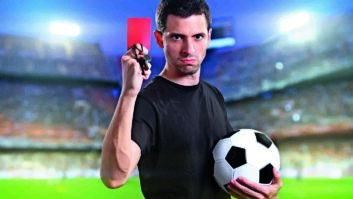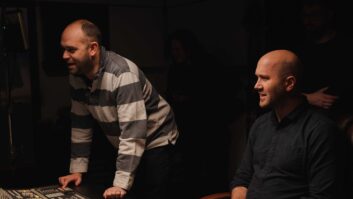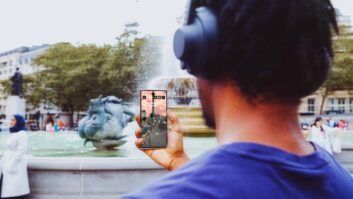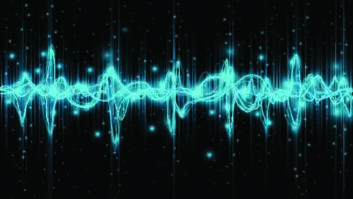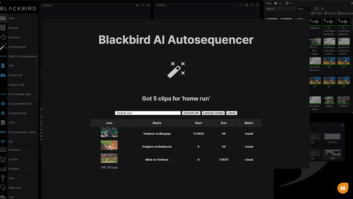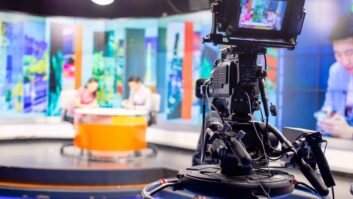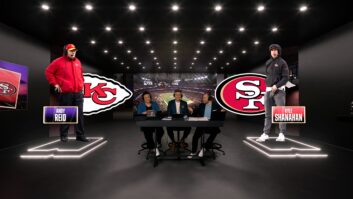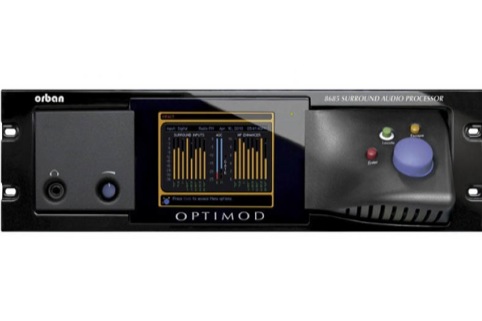
Orban’s white paper can be found on NewBay Connect, the digital resource which also features analyst reports, case studies, briefings, tutorials and more. Below is a short extract from the paper, by Orban’s chief engineer Robert Orban.
ITU-R BS.1770
In 2009, the ATSC released a Recommended Practice: Techniques for Establishing and Maintaining Audio Loudness for Digital Television (A/85:2009). This was later updated as A/85:2013. A/85 specifies use of a long-term loudness meter based on the current version of the ITU BS.1770 algorithm for measuring the loudness of DTV broadcasts.
In December 2011, the FCC adopted rules implementing the CALM Act1, which, by law, forbids commercials from being louder than non-commercial program material. The new FCC rules incorporated ATSC A/85 (and, by implication, the BS.1770 meter) as an objective means of verifying that the rule was being obeyed.
Because loudness measurement per BS.1770 uniformly integrates all program material, quiet passages tend to lower the measured value. To prevent this, the ITU added gating to the BS.1770 standard, which was revised as BS.1770-2 in March 20112. The gating causes the meter to ignore silence and to integrate only program material whose loudness falls within a floating window extending from the loudest sounds within the specified integration period to sounds that are 10 dB quieter than the loudest sounds. This is because humans tend to assess loudness based on the louder sounds in a given program.
The ATSC A/85, ITU-R BS.1770, and EBU R 128 documents are available as free downloads and their current versions can easily be located with a search engine.
CBS Loudness Meter
For many years, Orban has used the Jones & Torick loudness controller and loudness measuring technology3 in its products for loudness control of sound for picture. Developed after 15 years of psychoacoustic research at CBS Laboratories, the CBS loudness controller accurately estimates the amount of perceived loudness in a given piece of program material. If the loudness exceeds a preset threshold, the controller automatically reduces it to that threshold. The CBS algorithm has proven its effectiveness by processing millions of hours of on-air programming and greatly reducing viewer complaints caused by loud commercials.
